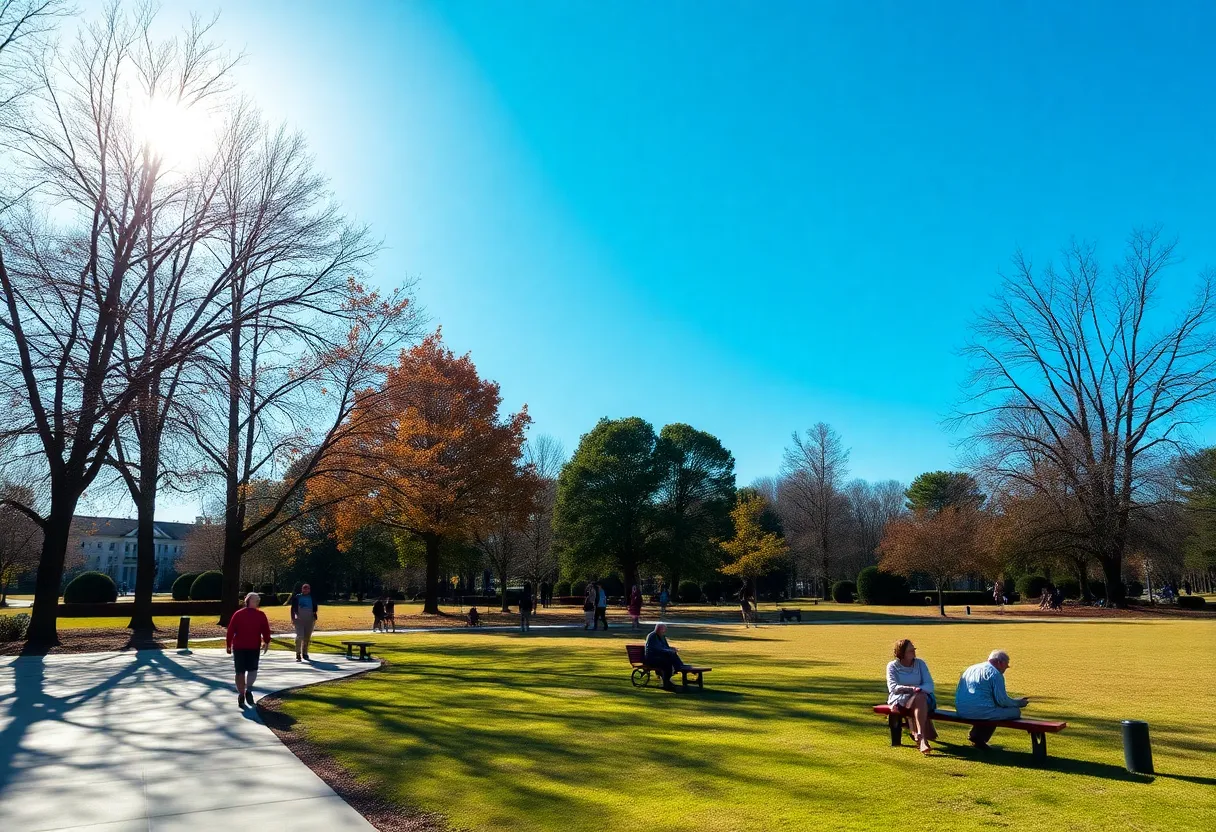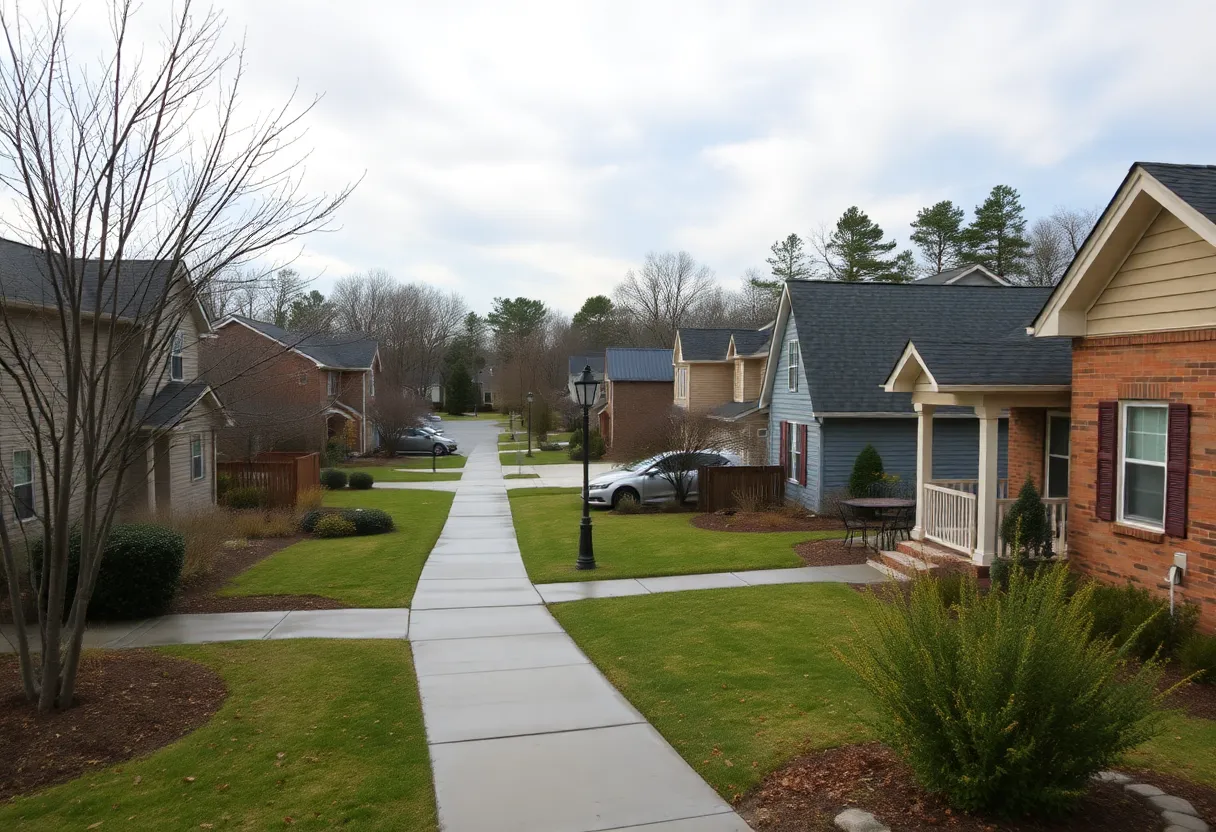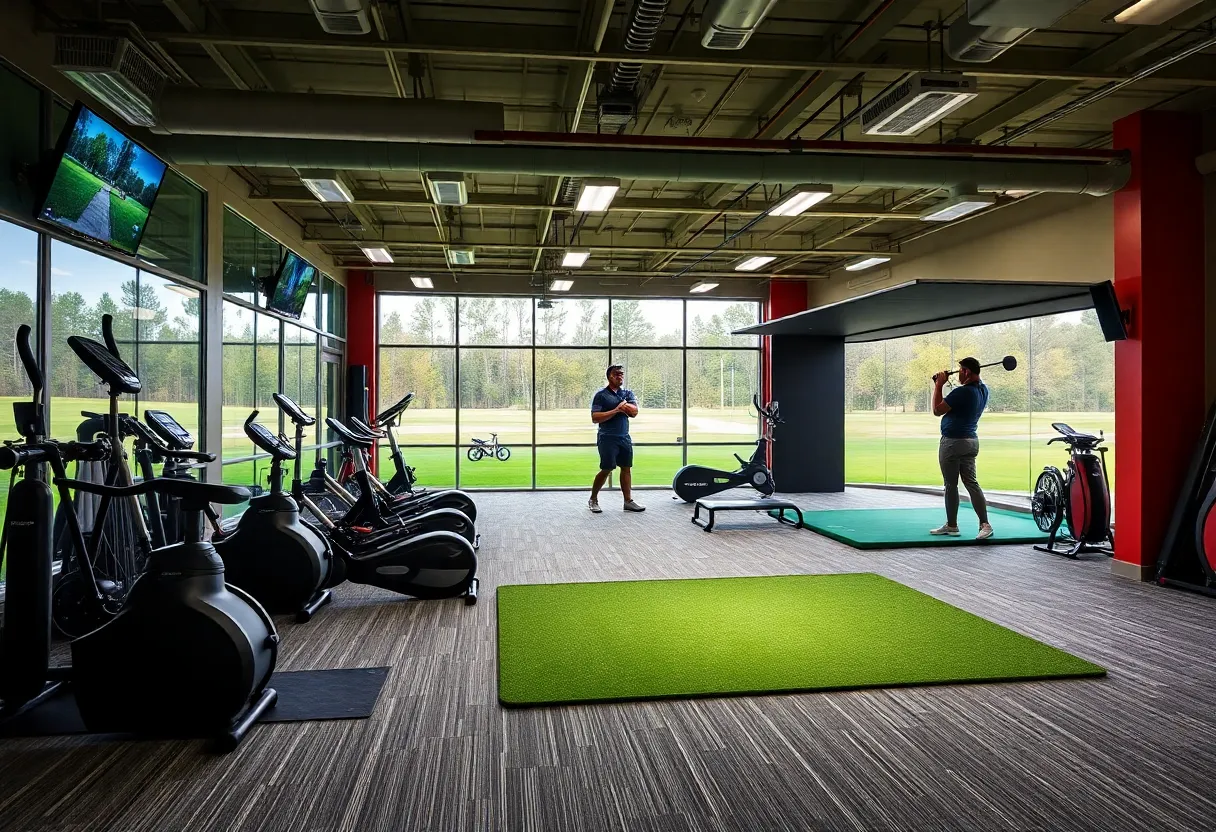How to Effectively Address Roof Ponding: Solutions Every Homeowner Should Know
Roof ponding, the accumulation of water on a flat or low-slope roof, may seem trivial at first glance. However, its implications can be severe for both the structural integrity of the roof and the overall longevity of a home. Homeowners must recognize the causes, potential consequences, and the necessary solutions to effectively address this issue.
The Basics of Roof Ponding
Roof ponding occurs when water remains on the roof surface 48 hours after a rainfall event. Factors such as inadequate drainage, improper roof design, and the influence of roof materials can contribute to this problem. Understanding these underlying issues is key to prevention and remediation.
Common Causes of Roof Ponding
- Inadequate Drainage: A roof without proper drainage systems is at a high risk for water accumulation. Clogged gutters and downspouts can exacerbate this issue.
- Poorly Installed Roofing Systems: Misalignment during installation can create dips or low spots, allowing water to pool.
- Debris Accumulation: Debris like leaves, twigs, and dirt can obstruct drainage paths.
- Roof Age: As roofs age, they may develop irregularities that lead to water retention.
The Consequences of Neglected Roof Ponding
Ignoring roof ponding can lead to a series of significant consequences:
Structural Damage
Water pooling on the roof can lead to a higher risk of leaks and water penetration into the roof structure. Over time, this can weaken beams, rafters, and other structural components.
Mold and Mildew Growth
The damp environment fostered by standing water can promote the growth of mold and mildew, which can affect indoor air quality and lead to health concerns.
Premature Roof Replacement
Regular maintenance can extend the life of a roof. However, persistent ponding can lead to extensive damage, resulting in the need for early roof replacement, which can be a significant financial burden.
Strategies for Addressing Roof Ponding
Homeowners can implement various strategies to address roof ponding effectively. Each solution varies depending on the cause and severity of the ponding.
Improve Drainage Systems
One of the most effective ways to combat ponding is by improving roof drainage systems. This can involve:
- Clearing Gutters and Downspouts: Regular cleaning ensures that water flows freely.
- Installing Additional Drains: Adding more drain outlets can help reduce water accumulation.
- Utilizing Scuppers: Scuppers, or openings in the walls near the roof, can facilitate better drainage, especially on flat roofs.
Conduct Routine Roof Inspections
Routine inspections can help identify potential issues before they escalate. During inspections, homeowners should look for:
- Signs of Wear and Tear: Look for cracked seams, blisters, and other indications of aging materials.
- Excessive Debris: Regularly clear any debris to maintain proper drainage routes.
- Water Marks: Check for water stains inside the home that may indicate leaks.
Roof Repairs and Maintenance
Performing timely repairs can mitigate the risk of ponding. Some recommended actions include:
- Resealing Joints: Reseal seams and joints to prevent leaks.
- Flat Roof Modernization: In some cases, upgrading to a more efficient roofing material may help.
- Leveling Uneven Surfaces: Repair any low spots where water tends to gather.
Implement Evaporation Techniques
Another approach to managing ponding water is to encourage evaporation. Homeowners might consider:
- Using Roof Coatings: Certain coatings can reduce water retention by enhancing evaporation.
- Installing Green Roofs: Vegetated roofs can absorb water while providing insulation benefits.
When to Seek Professional Help
While homeowners can undertake many preventive measures, there are instances when professional assistance is warranted.
Complex Roof Structures
For homes with intricate roofing designs or those exhibiting significant ponding, consulting a roofing professional can provide tailored solutions. Experts can evaluate the roof and offer customized remedies.
Severe Ponding Situations
If standing water persists, even after all preventive measures, it might signal a more significant issue. Professionals can conduct thorough inspections to identify deeper structural problems.
Conclusion
Addressing roof ponding is not merely about minimizing inconvenience. It’s about preserving the integrity and functionality of a home. By recognizing the causes and implementing effective solutions, homeowners can significantly extend their roof’s lifespan and promote a healthier living environment. Regular maintenance, proactive measures, and timely repairs are critical components in managing this often-overlooked issue. Homeowners should take these strategies seriously to ensure their roofs remain in optimal condition.
Author: STAFF HERE Chapin
CHAPIN STAFF WRITER The CHAPIN STAFF WRITER represents the experienced team at HEREchapin.com, your go-to source for actionable local news and information in Chapin, Lexington County, and beyond. Specializing in "news you can use," we cover essential topics like product reviews for personal and business needs, local business directories, politics, real estate trends, neighborhood insights, and state news affecting the area—with deep expertise drawn from years of dedicated reporting and strong community input, including local press releases and business updates. We deliver top reporting on high-value events such as the Chapin Christmas Parade, Fourth of July Celebration, and the Chapin Fall Festival. Our coverage extends to key organizations like the Chapin Chamber of Commerce and the Lexington School District One, plus leading businesses in retail and recreation that power the local economy such as Lake Murray Tourism and the Chapin Visitor Information. As part of the broader HERE network, including HEREaiken.com, HEREbeaufort.com, HEREchapin.com, HEREcharleston.com, HEREclinton.com, HEREcolumbia.com, HEREgeorgetown.com, HEREgreenwood.com, HEREgreenville.com, HEREhiltonhead.com, HEREirmo.com, HEREmyrtlebeach.com, HEREnewberry.com, HERErockhill.com, HEREspartanburg.com, HEREaustin.com, HEREcollegestation.com, HEREdallas.com, HEREhouston.com, and HEREsanantonio.com, we provide comprehensive, credible insights into South Carolina's dynamic landscape.




 Mays Contracting
Mays Contracting

